After 7 years, and 10,000 sea miles, there are a few things I always wondered about Gray Matter – never expected to discover all of them in a period of 5 hours. To name a few; how would Gray Matter handle dead in the water in 25 knots of wind, abeam to 4-6 foot waves; how about underway without stabilization; what is required to tow and with what tackle; and most importantly how to diagnose a fuel system puzzle while rolling 30 – 40 degrees abeam to a building sea state.
Underway down the east coast of Australia from Brisbane to Newcastle with following wind and sea, we experienced a main engine failure, leaving Gray Matter without the Naiad stabilizers. We started the Wing Engine, which failed within 5 minutes.
The nature of the engine failures appeared similar to fuel contamination, with a slowing of RPM, loss of power then finally the “sounds of silence”. So that was our working hypothesis.
I began changing fuel filters, Racors on the Main engine, Racor on the Wing engine, and the Caterpilar filter before the lift pump. We had the fuel tanks cleaned and treated in Brisbane before we left, so it is possible some sediment remain in the bottom of the tanks. The puzzle is we had already run more than 30 hours on the same tank, with 3 feet head-sea for the first 12 hours – how could we get a fuel contamination problem on a downwind run with only a slight (maybe 15 degree) roll.
We cranked both engines without success, being careful not to overheat the starters or use too much battery power. We put the house bank online with the engine start batteries for more cranking power.
Without success, I pulled one of the fuel lines off the fuel supply manifold and opened the valve, no fuel at the manifold. I scratched my head: a fuel blockage somewhere?
We contacted Australian Marine Rescue in Coffs Harbour. They relayed our distress call to Cindy Bett, a 22m fishing charter vessel nearby (more to that story), and advised us that Cindy Bett were heading our way for assistance.
By now we had been dead in the water for 45 minutes, abeam to the wind and waves. While unpleasant, and certainly more severe than we had ever seen, things were holding up fine. We were not taking on water, even in the engine vents, the few things that were not secured (binoculars, cell phones, sunglasses) were all now tucked away. Other than the sounds of things “moving” in the cabinets, we were not suffering any damage.
We established contact with Cindy Bett on the radio, the Captain, Nick Atkinson, advises that they have a marine mechanic onboard and they can possibly send him over to our vessel when they arrive. I advise the sea state is not favorable to transfer someone across. I also ask if they could provide a tow, the Captain replies he believes so. I advise we are 70 tons, no reply.
Cindy Bett came in sight after another 15 min and assessed the situation while circling around Gray Matter. The captain announced the marine mechanic will paddle over in one of their plastic kayaks. This is no small feat. Cindy Bett does have a large swim platform and is pretty stable headed into the waves, but we are abeam to the waves rolling pretty severely with our swim platform sometimes 6 feet in the air.
Nothing to stop a 24 year old Aussie, 5 minutes later Tom is aboard Gray Matter (video below). He timed a wave and virtually surfed into the aft cockpit through the stern door opening.
Now with four hands working the wrenches we can dig a bit deeper. I explain the system, and my belief there is a blockage. We start taking off the fuel lines and blowing air through them with the scuba tank and airhose. We blow some slight traces of black algae out of some of the lines, but no blockage.
We reattach the fuel lines, pump the hand lift pump on the Caterpilar, nothing. At this point, I suggest we get the tow going first. A quick conversation with the captain of Cindy Bett, he rigs a bridal for their stern, and I take our heavy duty dock lines and rig a bridal from the bow of Gray Matter. In December we ordered 150m of stainless steel anchor chain from China. As part of the shipment, I ordered this HUGE shackle (picture below) just in case we might need to tow someone – never expecting to use it to tow Gray Matter. This shackle was critical to rigging the tow bridal to eliminate any chafe and reduce the shock load on the tow line.
Captain Nick nurses Cindy Bett along at 5 knots downwind. The rigging seems to handle the tow quite well at this speed, which was a big relief. But, without stabilization, every time Gray Matter rolls left or right, she steers in the opposite direction. So the helm needs to be manned and the helmsman needs to steer to keep the tow in-line – continuing duty for Christine. Still, the rudder gets overpowered and we are rolling 30+ degrees every minute or two.
The closest safe harbour is Port Stephens – 130nm. At 5 knots, it is going to be a long tow. With forecast of wind switching directions, the best answer is still to get the engine running. Tom and I get back to work. Tom asks if the tanks are gravity feed since there is no boost or electric pump to bring the fuel to the manifold. This has been my assumption all along. But when we trace the fuel line from the supply manifold, it comes to the top of the tank – not exactly gravity feed. Gray Matter has steel tanks which have a pick-up tube that drops to the bottom of the tank, with the fuel line attached to the fitting on the top of the tank.
By now we are 2.5 hours into our adventure, and I’m getting tired. While Tom is still going strong, we decide to take a break – it’s getting dark, let’s have some dinner.
I look at my watch, it’s midnight in California, 3am in Florida. Not too many people to call, so I call James Hamilton on Dirona – fortunately it’s morning in Norway. James realizes our system is different, as Dirona is gravity feed with the fuel lines attached to the bottom of the tank. Dirona also has a day tank, and Gray Matter feeds directly from the fuel tank to the engine. James suggests we need to get fuel to the manifold by using some sort of suction, and be extra careful with air leaks. If there is an air leak anywhere in the system the fuel will run back to the tank. We close all of the tanks except the fwd tank (which has 300 gallons), and all of the engines fuel valves.
I have suction pickup tank for cleaning oil in the bilge or tight places. Tom removes one of the fuel lines on the supply manifold and we jam the hose from the bilge suction device into the manifold. I give it a few pumps and it starts to fill with fuel. We close the valve on the manifold. Next we detach the fuel line at the Racor, push the hose from the bilge suction device into the hose – open the main engine valve and suck fuel to the racor, and close the main engine supply manifold valve. Attach the fuel line to the racor. Next we detach the fuel line at the Caterpilar (in front of the lift pump), use our bilge suction, open the valve at the manifold, and draw fuel to the Caterpilar. The racor showed suction as we were drawing fuel – a good sign. Close the manifold valve and reattach the fuel line. We open the manifold valve to the Caterpilar, use the hand lift pump and, the Caterpilar starts!
Now with Gray Matter’s own power and the Naiads going, we could finally sit down in peace and calm, and exchange names and stories. Here is our first glimpse of the luck we had: Tom tells us – the “fishing charter” he is on is actually a Yachtmaster Training Vessel with the Captain/instructor Nick and his students - 5 young strong fearless Aussies/Kiwis.
We make the passage to Port Stephens with Tom staying onboard, and anchor in Nelson Bay in Port Stephens next to Cindy Bett. It’s 11am the next morning, 20 hours after our adventure began. Tom paddles back over to Cindy Bett, in flat water this time.
We launch our tender, go over and meet Captain Nick Atkinson. I mention that we lived in the Bay Area and I was currently working with an ex-Oracle colleague. Nick asks: “you worked at Oracle?” before continuing on: “I was the chief engineer on Larry Ellison’s superyacht Katana for 6 years”. Who needs a lottery ticket with this kind of luck.
Next day Nick held class onboard, spending 4 hours with the students, going through all of Gray Matter’s fuel systems, Main, Wing and Generator systems checking all systems looking for the root cause of our problem. Yes – a Nordhavn 62 engine room will hold six adults. With the patience and systematic approach of a heart surgeon they discovered the changeover valve on the main engine racor was leaking – sucking air. The diagnosis of the actual problem leads to the real solution – just tighten the valve. Nick also fixed the fuel transfer pump and showed us how it could be used to re-prime the system in the case of air leak.
As the Chinese saying goes, sometimes misfortune is a blessing in disguise. We gained a much deeper understanding of the fuel system, greater appreciation of the capability of Gray Matter, and most important of all, new friendships that will last a lifelong time.
Special thanks to Superyacht Crew Academy https://www.superyacht-crew-academy.com/

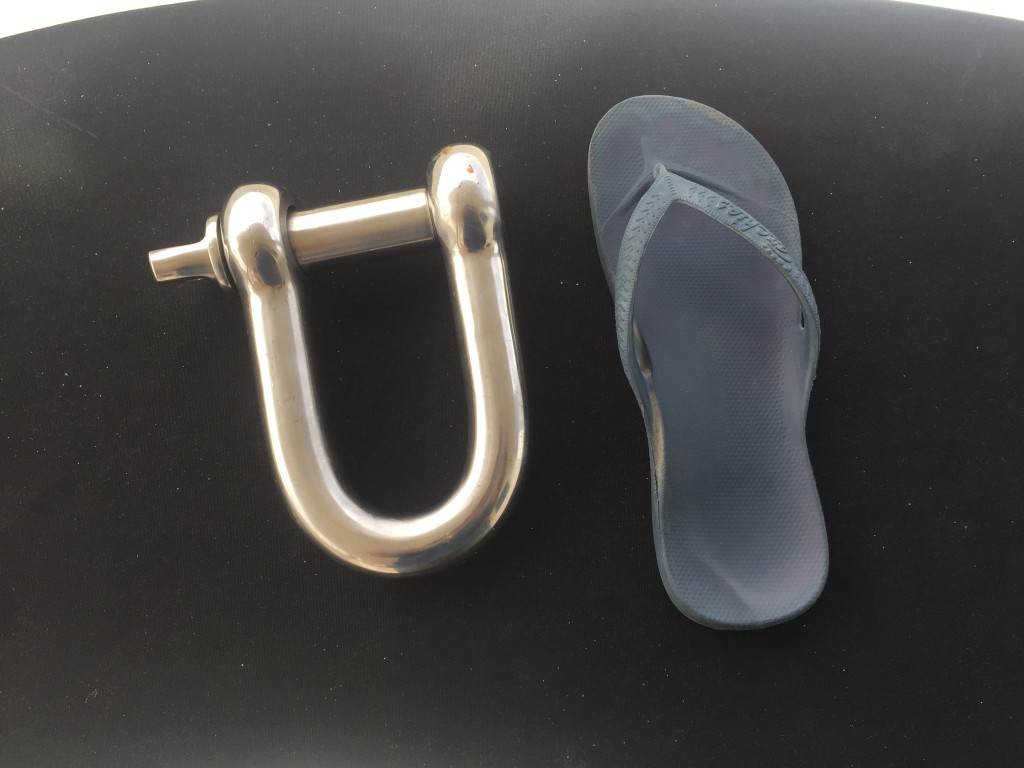
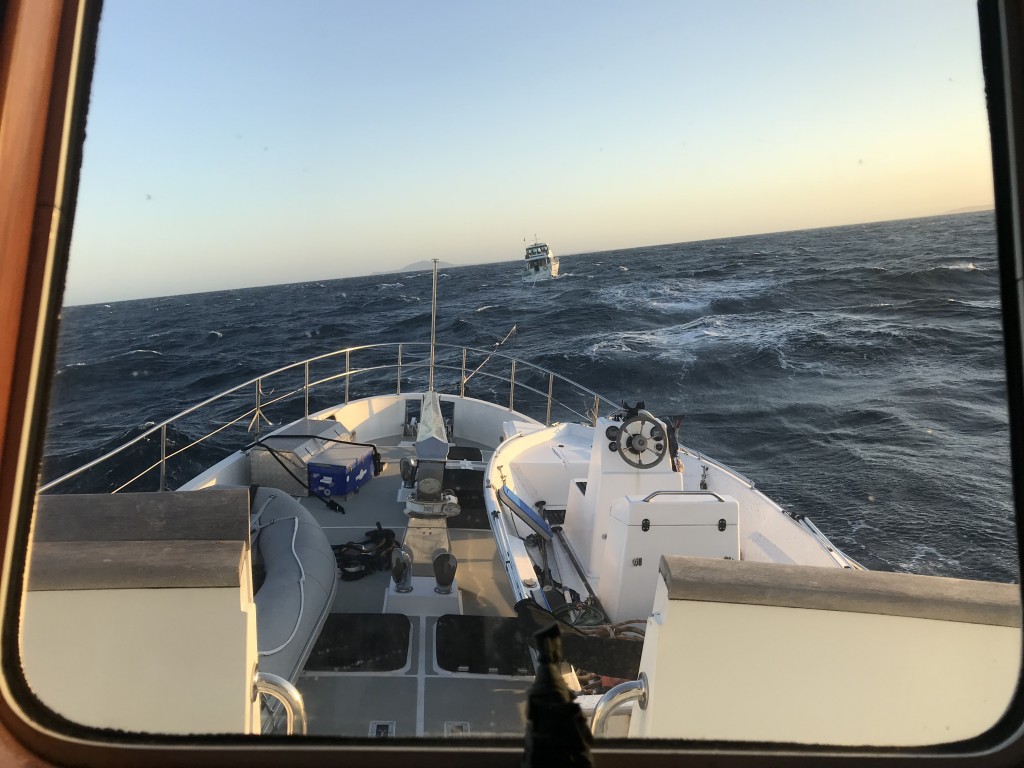
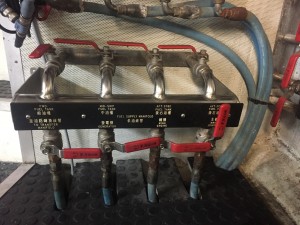
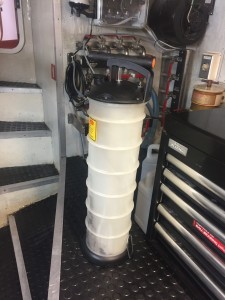
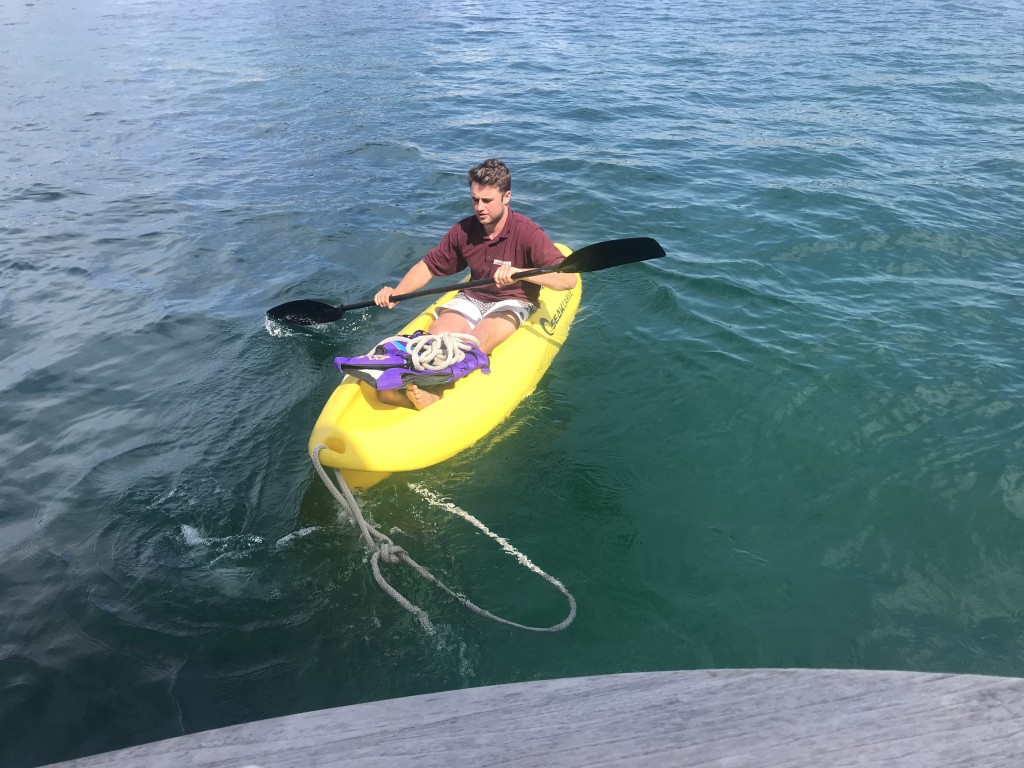
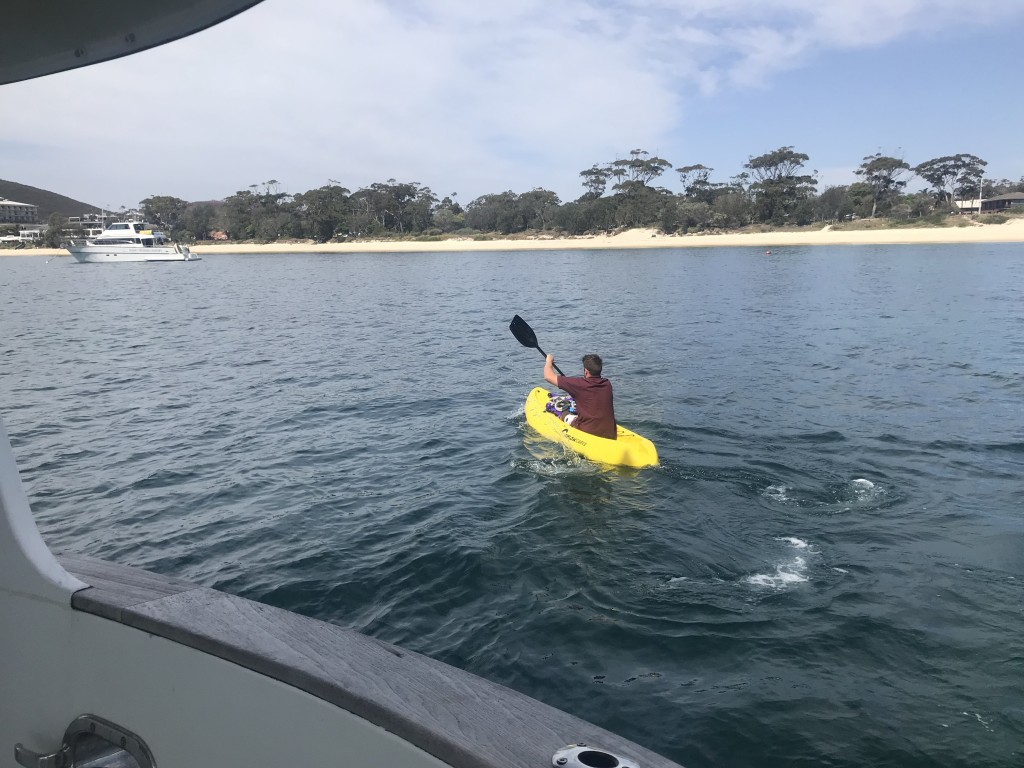
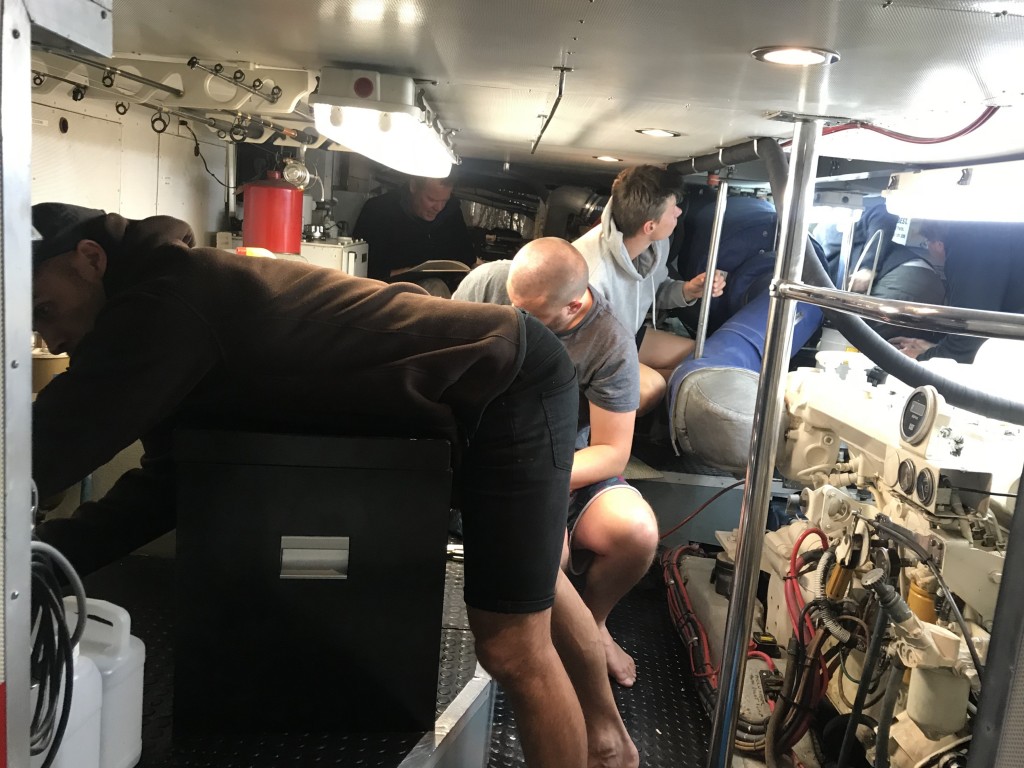
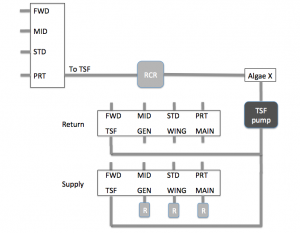
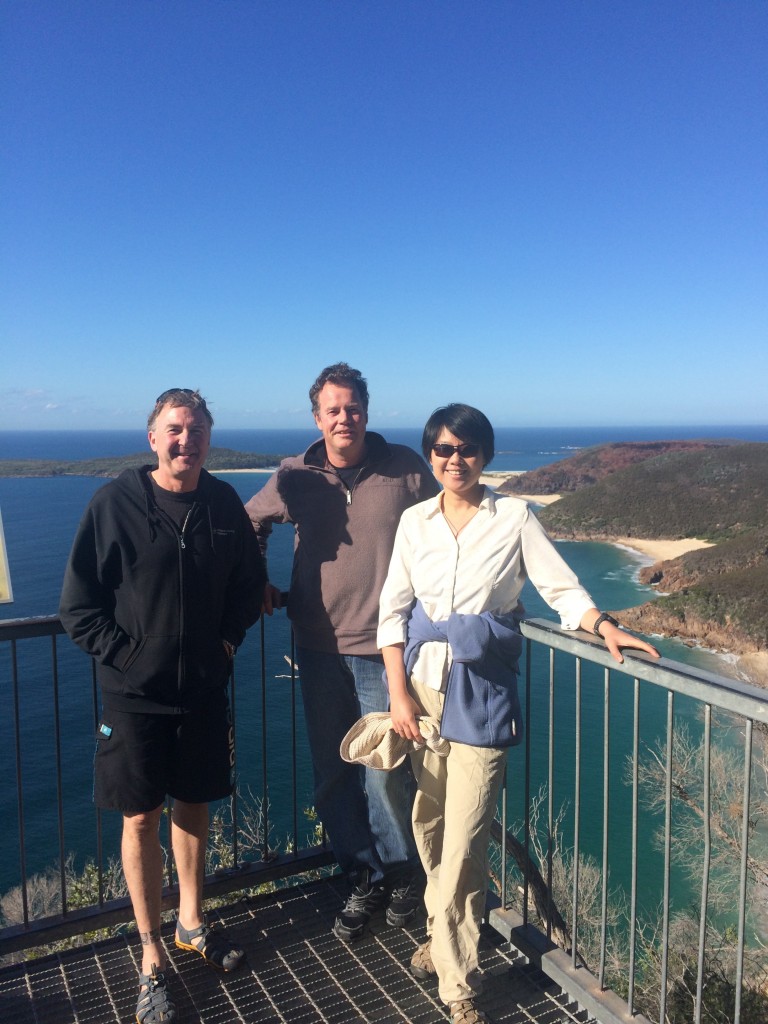


Holy shitballs Batman!! What an adventure!!! Sure glad to hear everything turned out. Hopefully smooth sailing from hereon in!!